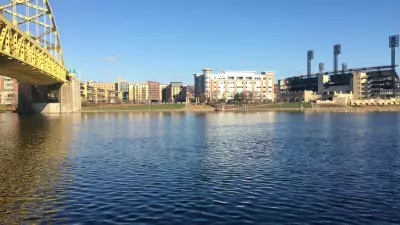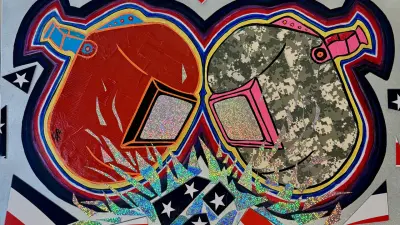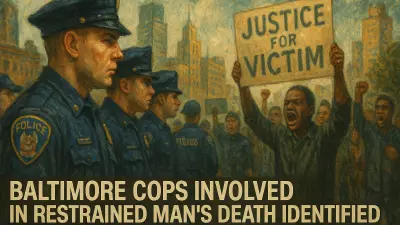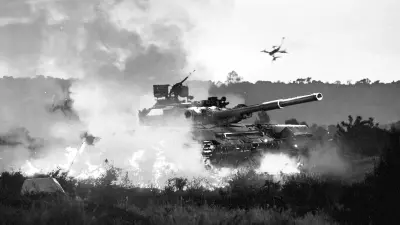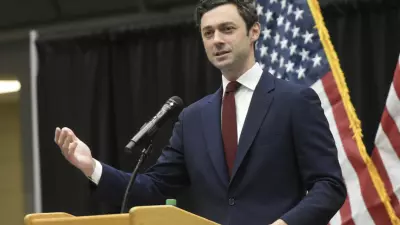What if the future of Pittsburgh did not ritually invoke the historical sweat equity of steelworkers and their wives and children?

What if the future of Pittsburgh did not hinge on the assumption that Downtown Pittsburgh is destined always to center and anchor the region, economically or culturally?
What if the future of Pittsburgh had an honest reckoning with histories of racial exclusion and oppression and environmental degradation that are still keenly experienced in many neighborhoods and communities in the Pittsburgh region today?
What if the future of Pittsburgh considered the region’s colleges and universities as hothouses for talent acceleration (come to Pittsburgh and get educated in the expertise that the world needs) rather than as talent sinks (come to Pittsburgh for your education and we’ll complain endlessly if you leave)?
What if the future of Pittsburgh worried less about whether outsiders think that we’re as big as we want to be, or as big as Pittsburgh once was, and wondered more about what network science has to teach urban planning?
What if the symbol of Pittsburgh wasn’t a parking chair, or the Terrible Towel, or a Primanti’s sandwich, or Mister Rogers’ trolley?
That’s a lot of “what ifs” to lay on one table. The point is that the future of postindustrial Pittsburgh depends on invoking imaginations bigger than the ones that the region has been relying on.
To repurpose a classic line from the movie “Jaws”: We’re gonna need a bigger boat. That means expanding what it means to lead, and where, and how. It means expanding what it means to be a Pittsburgher.
My last column took up the fragility of postindustrial Pittsburgh, politically, economically, and culturally. I urged anchoring forward-looking strategies for improvement in an embrace of what I called imaginary Pittsburghs, the cities and regions that exist in our minds as well as in our lives. I emphasized the plural.
Pittsburgh’s public sphere usually features just the one imaginary Pittsburgh that includes the region’s steel history, its celebrated public/private leadership and its philanthropy, and that tells the rest of Pittsburgh how to feel proud of itself and its past.
Think for the moment of the number of economic development initiatives around the region that borrow metaphorically from Pittsburgh’s steel heritage. Pittsburgh may have as many “furnaces” and may do as much “forging” today as we did in 1920, but without the actual heat.
Pittsburgh’s future depends on expanding the pool of imaginary Pittsburghs that matter.
Pittsburgh’s imaginary invention and resilience have long been repurposed as a brand by Downtown interests and even Pittsburgh’s emerging tech sector.
Pittsburgh’s contribution to Amazon’s 2017 HQ2 shopping expedition (led by traditional Downtown and Oakland interests) epitomized how this imaginary Pittsburgh has captured much of the region’s economic development strategy. Pittsburgh proposed to capture a regional headquarters of a global business behemoth with a proposal titled “Future. Forged. For All.”
And the rest of Pittsburgh is supposed to buy that message and live it, literally, with Terrible Towels in hand.
Once upon a time, everyone in Pittsburgh was a steelworker, literally or metaphorically, and through the magic of social psychology, that shared identity put Pittsburgh and Pittsburghers at the peak of a national economy that valued factory production above all.
Today, the same Downtown interests that pushed that story are now pushing its 21st-century global equivalent: Everyone in Pittsburgh is an inventor or creator, putting the region on track for success in a global economy that values the imagination over the hands.
Both that older imaginary Pittsburgh (industry) and its present version (invention) are empowering to a point. I don’t want to knock them for what they are.
But that imaginary Pittsburgh excludes, and it has always excluded. Even the Downtown elites are starting to get a clue. Their most recent Pittsburgh brand offerings repurpose Pittsburgh’s steel history into a story of a “community of innovators, builders and makers” (that’s the Allegheny Conference’s new “Next is Now” campaign) and a path to a right-sized collaborative tech economy (that’s the Pittsburgh Technology Council’s new “Get Pittsburgh” promotion).
I do want to knock that imaginary Pittsburgh, and its contemporary brand versions, for its lack of ambition and imagination. Today, a potentially thriving Pittsburgh needs to include many additional imaginary Pittsburghs, people and places with needs, opportunities, and goals that aren’t captured by talk of robot cars and hip tech collaboration.
There is impoverished Pittsburgh — not imaginary at all — as much the legacy of steel as are communities down the Ohio River and up the Mon. There are 90 Pittsburgh neighborhoods, many of which are outsiders to Downtown Pittsburgh’s “we’re inventive” take on the region.
There is urban Pittsburgh and suburban Pittsburgh; immigrant Pittsburgh today and older, earlier immigrant Pittsburgh; moving-ahead Pittsburgh and being-left-behind Pittsburgh. White Pittsburgh often imagines and experiences a different Pittsburgh than Black Pittsburgh does.
What’s left of industrial Pittsburgh imagines and experiences a different Pittsburgh than tech Pittsburgh does. The Cultural District arts community imagines and experiences a different Pittsburgh than the funky and independent arts community does.
“Black and yellow” and “black and gold” in sports sometimes knit these Pittsburghs together in part and sometimes just paint over their differences.
Pittsburgh’s future depends on expanding the pool of imaginary Pittsburghs that matter.
They matter not only in individual minds and collective narratives but also in the translation of those imaginary Pittsburghs into political and economic power and policy.

